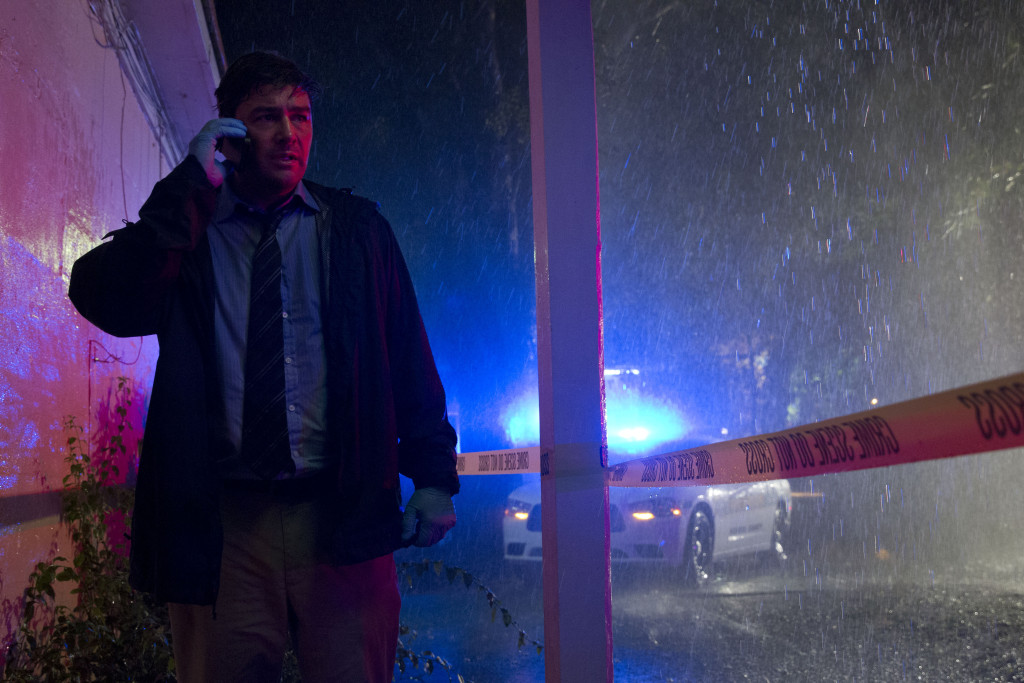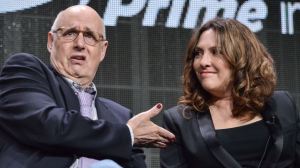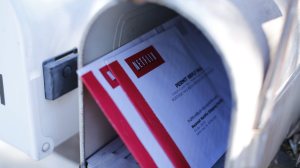Another Friday, another new series launch for Netflix. And given that everything Netflix touches these days seems to turn to gold, developing a new series for the streaming service might appear to be a relatively easy task. But in truth, making an original series specifically for Netflix requires, as Liam Neeson might say, a very particular set of skills.
That was what Todd A. Kessler, Daniel Zelman and Glenn Kessler — who previously created Damages — discovered when they made Netflix’s latest binge-worthy series, the drama Bloodline. As I wrote at Quartz,
While some network series like Damages and Breaking Bad have proven well-suited for Netflix binge-viewing, they were conceived to be viewed on a traditional TV schedule: one episode per week. There is an art to creating a series for Netflix’s binge-loving subscribers, who frequently watch several episodes of a show in one sitting. Todd Kessler, with help from Daniel Zelman and Glenn Kessler, shared with Quartz how they tailored Bloodline specifically for Netflix’s audiences.
This was a fascinating look into the process of creating a show for a modern-day audience. Among the key points they highlighted: There’s no need to repeat key information in every episode.
“One huge thing for serialized storytelling is knowing that someone on Netflix will, as far as I understand, start at the beginning,” says Glenn Kessler. “They’re not going to tune into Week 7 because there is no “Week 7,” and as a storyteller, you know that they’ve seen everything that you wanted them to see at that point in the story.”
As a result, Netflix viewers are more engaged in every story beat. “Certainly on Netflix, people are exclusively sitting down to watch and be entertained,” says Glenn Kessler, as opposed to what happens “historically: people put their televisions on and do other things while they’re watching something.” That means the writers don’t have to worry about regurgitating basic information week after week for viewers joining in late, or who may have missed certain episodes. Instead, they can focus on fleshing out the story and the characters.
Before you start binge-watching Bloodline, make sure you read the story!








